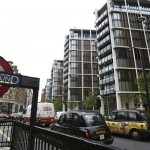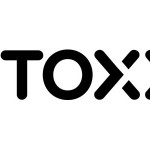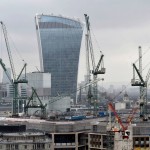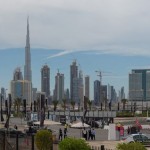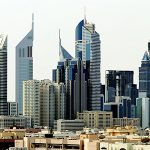Middle East investment in global real estate reaches $10b
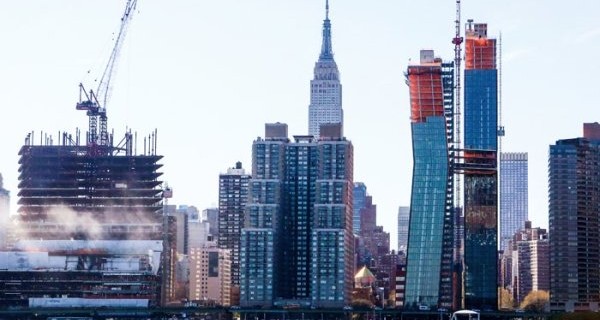
Middle East outbound capital flows into global commercial real estate touched $10 billion in the first half of 2016, with international market destinations becoming more diverse, according to CBRE’s Middle East ‘In and Out’ 2016 report.
Investors from the Middle East have remained active buyers despite a slowdown in global investment turnover in the first half of 2016. Since the bottom of the market in 2009, Middle East investment has grown much faster than the market as a whole and faster than other cross-regional investment.
The sharp increase in investment was driven by Sovereign Wealth Funds (SWFs) – in particular those from Qatar and the UAE. Capital flows from the Middle East are expected to remain high as SWFs increase the weighting of their portfolios and include a higher proportion of real estate.
New York ($6.5 billion) was the top destination for Middle Eastern investment in the 18-month period from 2015 to the first half of 2016, overtaking London, which now ranks second place at ($4.7 billion), Singapore ($2.5 billion), Hong Kong ($2.4 billion), Paris ($2.2 billion), and Milan ($1.3 billion).
The targeted destinations show a departure from recent history, with substantial activity in the United States and greater flows to Asia. Both of these destinations had previously been under-represented in Middle East investment. This suggests a move to a more balanced distribution of assets in order to achieve greater diversification. With substantial ground still to make up, this trend is expected to continue.
Nick Maclean, managing director of CBRE Middle East, said, “In spite of oil pricing of between $40 and $50 per barrel, capital leaving the Middle East region has continued to target global real estate markets from the second half of 2015 to the first half of 2016.”
“The SWFs have increased their allocation to real estate and family offices and High Net Worth Individuals have increased their overseas spending to achieve greater diversity. London is a key target for this latter group and the combination of a favourable exchange rate and economic growth has led to theinstitutions looking very closely again at the US,” he added
Between 2008 and the first half of 2016 Middle East accounted for 22.6 per cent of cross-regional investment in the world’s 25 most popular cities for foreign acquisitions. In absolute terms, London ($28.5 billion) has seen by far the most investment from the Middle East. The purchase of major strategic assets by SWFs in Hong Kong, Milan and Atlanta accounts for the over-representation of Middle Eastern investors in those markets, whereas Houston has attracted investment from a range of different buyer types.
Diversification by asset type is also influencing Middle Eastern investment activity, with the sector split seeing a change last year. Between 2010 and 2014 the office sector dominated purchases by Middle East investors, accounting for 53 per cent of the total, with hotels a distant second at 17 per cent.
In 2015, hotels and offices were tied, with purchases totalling $8.2 billion (35 per cent of the total) in each sector. Industrial also saw a sharp increase in 2015 to 9 per cent of the total compared to just 3 per cent over the previous five years.
In terms of inward capital flow, the Middle East region sees only marginal investment volumes as compared to more developed marketplaces in Europe, Asia and the Americas, with just a small number of major institutional real estate investment transactions completed over the past year. It is clear that the asset focus of investors is being heavily influenced by the market’s structural challenges, with limited commercial investment driven by the underdeveloped nature of the market and unwillingness on behalf of owners to part with prime assets.
Matthew Green, Head of Research & Consulting, CBRE Middle East, said, “The Middle East real estate sector continues to offer attractive investment opportunities but so far the market’s full potential is still to be realised amidst limited availability of investment grade product, low investment volumes and a general disconnect between the valuation of buyers and sellers. Despite these challenges, we expect to see the market open up in the coming years, as regional governments access new avenues for capital raising amidst an environment of lower hydrocarbon revenues and tighter liquidity.”
Source: Times of Oman









